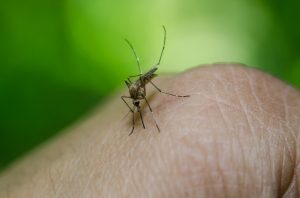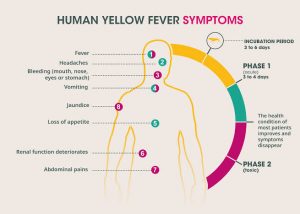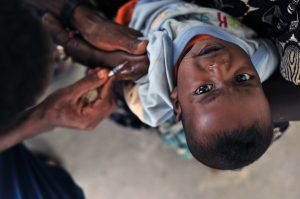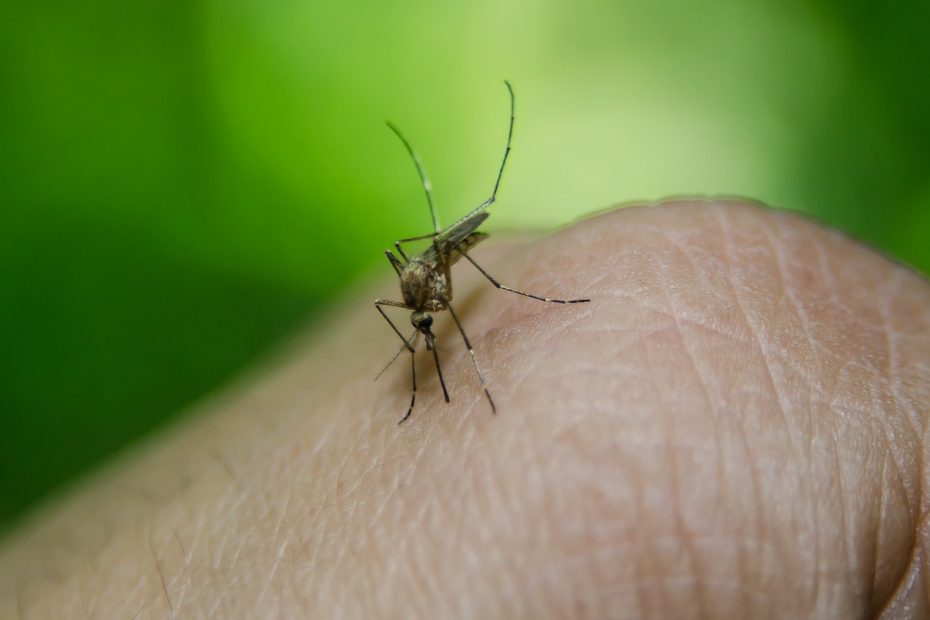On the 6th of November 2020, the NCDC announced that there is an outbreak of yellow fever in Enugu and Delta states of Nigeria.
What is yellow fever?
 Image credit: pixabay
Image credit: pixabay
Yellow fever is an acute viral hemorrhagic disease that is transmitted by a breed of mosquitoes.
It occurs when people who are already infected introduce the virus into areas with high density of mosquitoes and where most of the people have low or no immunity.
The Aedes aegypti and Haemogogus species of mosquito is responsible for the transmission from person to person.
Signs and Symptoms
 Image credit: SANOFI
Image credit: SANOFI
The yellow fever incubates in the body for 3 to 6 days after contraction. During this period, and person may not present with any symptoms, but if symptoms show up, they can be misunderstood as symptoms of malaria such loss of appetite, headache, fever, body and muscle pain, nausea, and vomiting.
There is a remission stage where the symptoms present gradually wear off. At this stage, most people recover while others enter a more toxic phase.
In the toxic stage, high fever reappears, and many vital organs are severely affected which includes the heart, kidneys, and liver. This relapse is within 24hours after recovering from initial symptoms. Symptoms such as jaundice (yellowing of the eyes and skin), bleeding, delirium, vomiting with abdominal pain, seizures, and coma may occur. Most people who enter this toxic stage die.
Diagnosis
It is difficult to diagnose yellow fever at the early stages because its symptoms are like that of malaria, other viral infections and hemorrhagic fevers, and infections.
However, once there is said to be an outbreak in an area, the Polymerase Chain Reaction (PCR) testing is used to detect the virus in its early stages. During the late stages, ELISA is used to identify antibodies specific to the virus.
Management
As yellow fever is a viral infection, there is no antiviral medication that is currently available for its cure.
Supportive treatment which involves management of the symptoms as they present is essential to improve survival rate.
For example, intravenous infusions and oral rehydration therapy are essential to manage dehydration caused by continuous vomiting; dialysis in the case of kidney failure; supportive care for liver failure and fever and antibiotics to manage accompanying bacterial infections.
Prevention
Yellow fever is prevented by vaccination. The vaccine is very effective and safe, as a single dose is efficient to give lifelong immunity and protection against yellow fever disease.
Another way of preventing yellow fever is by controlling the vector (mosquito) causing the disease. This can be done by eliminating breeding sites of mosquitoes, use of insecticides (larvicides) in places of stagnant water; wearing protective clothing’s with minimal exposure of the skin; the use of insecticide treated mosquito nets; and use of mosquito repellants.
Actions to Take in the Area of an Outbreak
- Do not panic
- If you come across persons or family members affected with yellow fever, quickly get in contact with the health center or hospital in your area.
- Before getting to the health center or hospital, you can make use acetaminophen to reduce fever, and oral rehydration therapy and zinc in cases of vomiting.

Getting vaccinated. Image credit: pixabay
- Get vaccinated if you do not present with the symptoms.

Ezike Nonye is a Pharmacist who completed her Bachelor degree from University of Lagos (B.Pharm). She is currently exploring digital marketing analytics as a novel field in Pharmacy practice while also interning at the Federal Medical Center (FMC) Abeokuta, Ogun State, Nigeria. She is a graphic designer, a blogger and an entrepreneur. She is passionate about creating new things from nature and believes that there is no limitation to what you can achieve. She is a Christian and loves writing and open to new ideas and skills.

